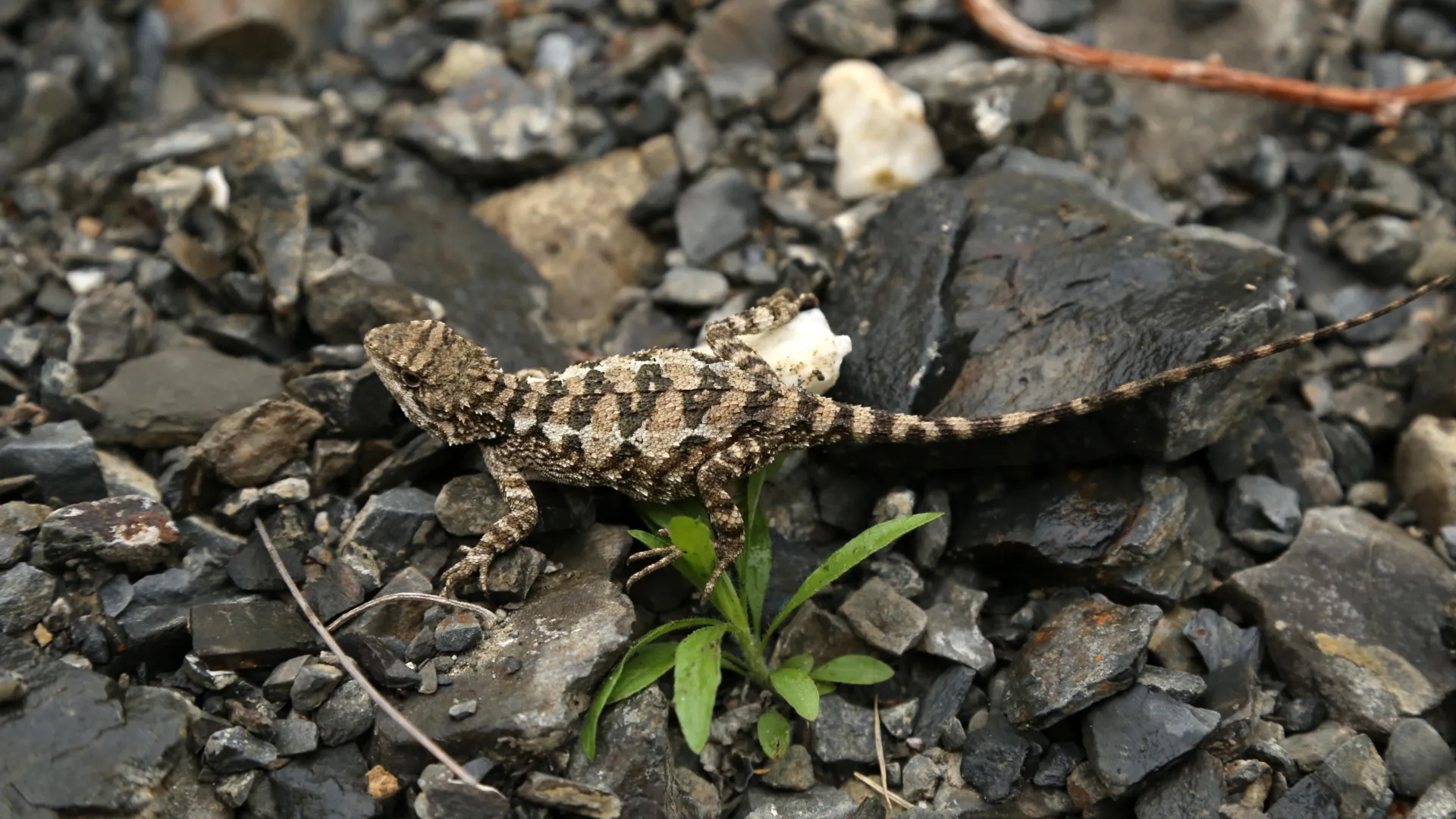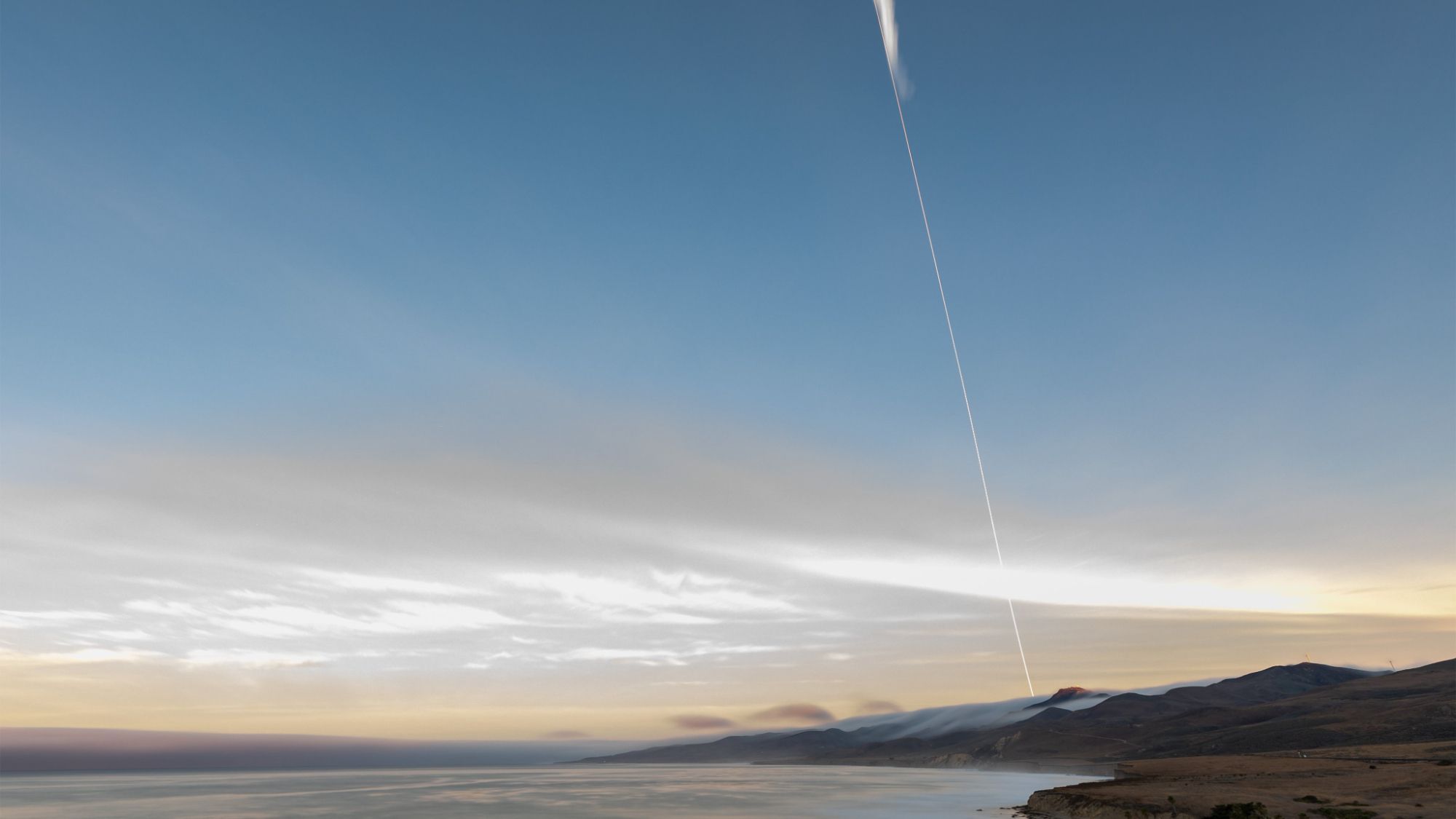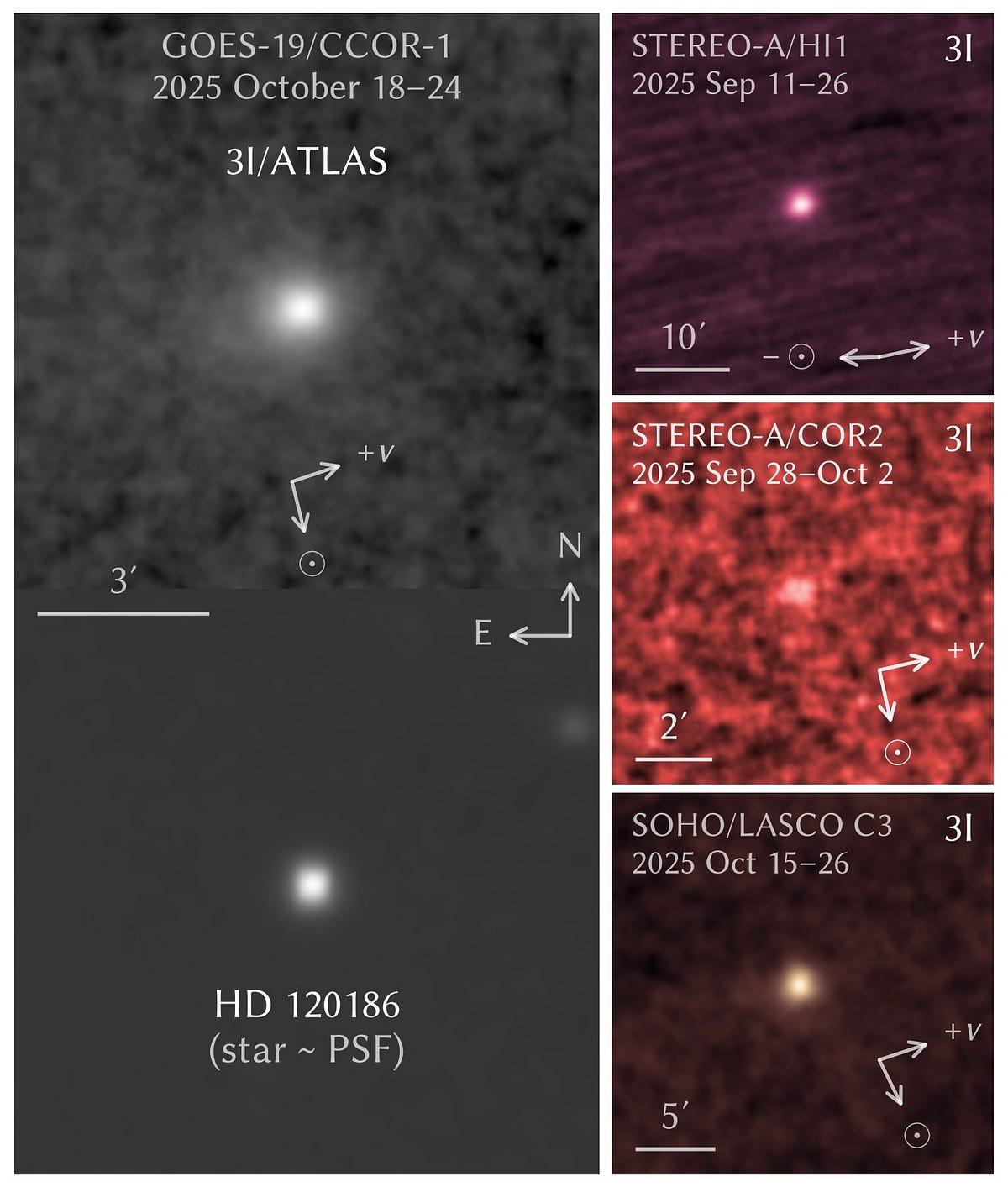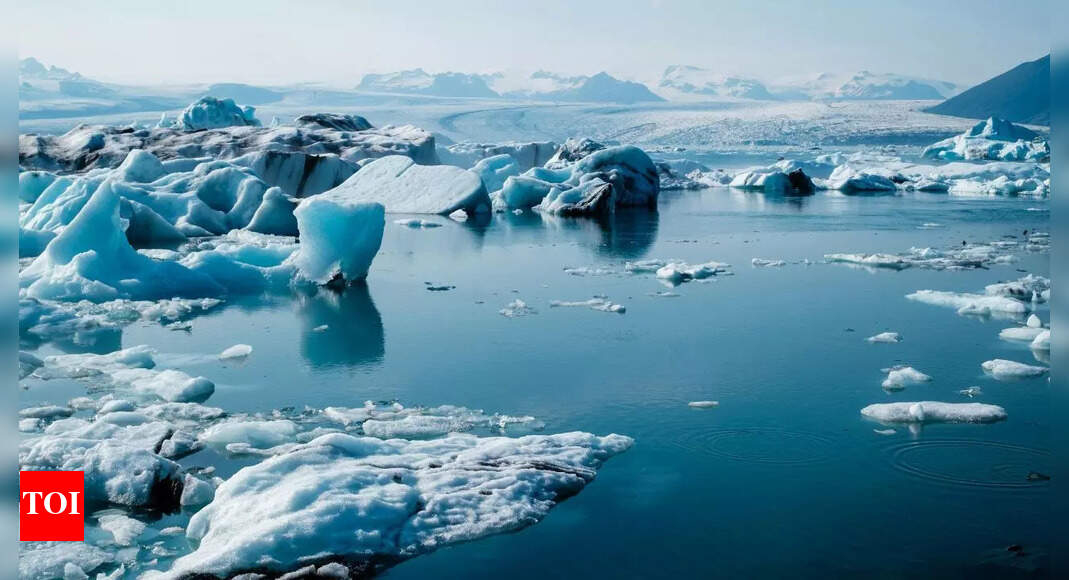Researchers in China have identified a previously unknown species of mountain lizard living in the upper Dadu River Valley, deep within the Hengduan Mountains of Sichuan Province.
Years of Field Surveys Lead to a Surprise
Starting in 2018, the…

Researchers in China have identified a previously unknown species of mountain lizard living in the upper Dadu River Valley, deep within the Hengduan Mountains of Sichuan Province.
Years of Field Surveys Lead to a Surprise
Starting in 2018, the…

In the middle of Egypt’s Western Desert, the sand hides stories that are millions of years old. Recently, scientists uncovered one of those stories near Kharga Oasis.
Among layers of red sandstone and green shale, a fossil appeared that rewrites…

SpaceX will launch its 100th Starlink mission of the year today (Oct. 30), and you can watch the action live.
A Falcon 9 rocket carrying 28 of SpaceX’s Starlink broadband satellites is scheduled to liftoff from California’s Vandenberg Space Force…
This request seems a bit unusual, so we need to confirm that you’re human. Please press and hold the button until it turns completely green. Thank you for your cooperation!

Addison S, Armstrong C, Wigley K, Hartley R, Wakelin S. What matters most? Assessment of within-canopy factors influencing the needle microbiome of the model conifer, Pinus radiata. Environ Microbiome. 2023;18(1):45.

The microbiome—the trillions of bacteria, viruses, and fungi that live quietly in our body—plays a crucial role in shaping human health by providing a variety of micronutrients necessary for vital functions. But these tiny microorganisms…


The Arctic Ocean has long been seen as a frozen, lifeless frontier. But as climate change melts the region’s sea ice, surprising new discoveries are emerging from beneath the surface. Scientists have found that melting ice could actually…

A growing body of scientific research is beginning to quantify what the fashion industry has long suspected: synthetic clothing, particularly polyester, is one of the major sources of microplastic pollution in the world’s oceans. Now, a new…